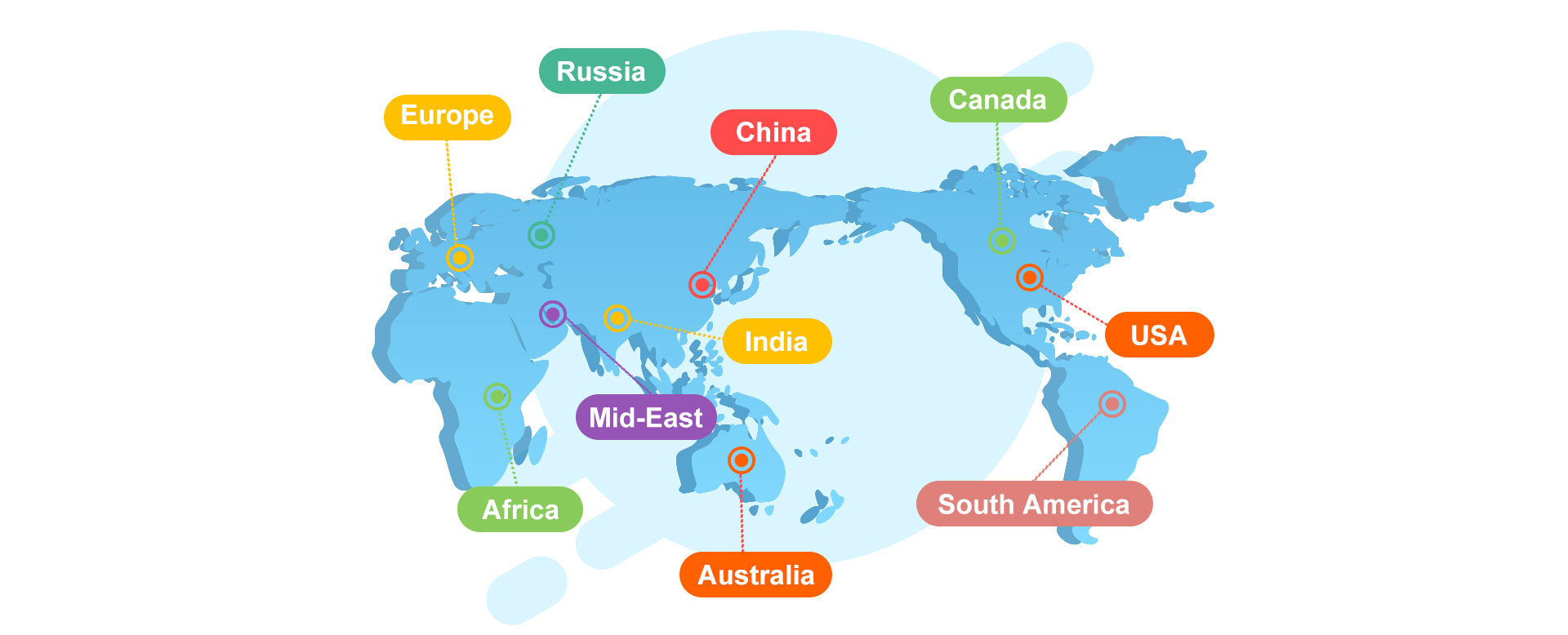What is the difference between artificial snow and natural snow?
Natural snow is formed by water vapor in the atmosphere. When the temperature drops, the water vapor condenses into tiny water droplets. When the temperature drops below 0 ℃, the water droplets will become tiny ice crystals. A large number of ice crystals gather together to form snowflakes, which fall to the ground when the gravity of snowflakes is greater than the buoyancy of air. When they fall to the ground, if the air continues to cool, we will see snowflakes.
The process of artificial snow: use the spray compressor to generate high-speed air flow, divide the water flow from the special nozzle or spray gun into small water droplets, and spray into the cold air. During the falling process, these small water droplets condense into ice crystals, which is the snowflakes we see.
There is no difference between artificial snow and natural snow in essence. They are both forms of solid water. But there are great differences in shape, density and other properties.
In shape: the natural snow is mostly hexagonal. Compared with natural snow, no matter what form of snow making equipment, the shape of snow produced cannot be similar to its shape, and cannot reach the hexagonal shape.
In terms of density, the density of natural snowflakes is about 328 kg/m3, while the density of artificial snow is about 856 kg/m3. Artificial snow is more dense. Therefore, under the same conditions, artificial snow of the same volume melts more slowly than natural snow.
From the perspective of friction coefficient: artificial snow crystals are generally small, easy to press porcelain, and the friction coefficient is small. After repeated rolling by the snow maker, it will feel hard, and it is easier to freeze with the change of temperature. However, the natural snow is more complex, which is related to the humidity and temperature in different regions. For example, snow in Japan: high humidity, high viscosity, high friction; Snow in Altay, Xinjiang: low humidity, low friction, not easy to agglomerate.
From the perspective of crystal structure: once the natural snow loses its crystal structure, it will become spherical and can no longer be shaped. However, artificial snow is easy to keep the quality of snow unchanged for a long time, and is more suitable to resist sublimation and the influence of light and heat than natural snow. Covering artificial snow on the surface of the snow body that has lost its crystal structure can reactivate its crystal structure, thus restoring the vitality of the snow.







